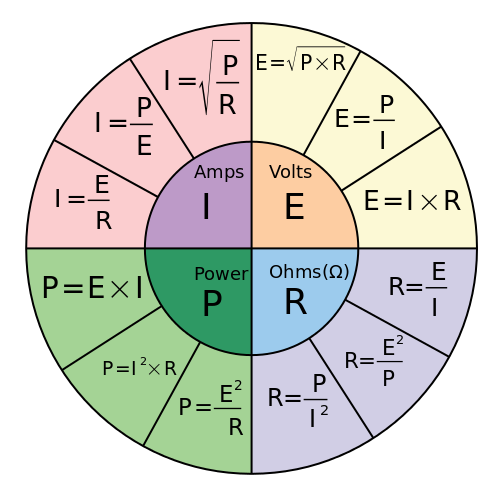Two things.....
First a question. Is the 208v 5,300 watt element a single phase element or a 3 phase element? Makes a difference.
Second....
For anyone interested, here is the science behind using a 220v element in a 110v circuit. You would at first think that since you have cut the voltage in 1/2 the wattage is cut in 1/2 also. Nope, don't work that way. For the purpose of this illustration, let's assume the 5,300 watt is a single phase element (although 3 phase is more common in 208v circuits - the math would be the same but the wiring is totally different).
The load is a resistive load and as such it is governed by Ohm's law. Current is directly proportional to the voltage and inversely proportional to the resistance. As the voltage goes down so does the current. Current formula is I=P/E or 5,300 watt heater at 208 volts = 5,300/208 = 25.48 amps. Once we know that, we can calculate the Resistance by using R = E/I = 208/25.48 = 8.16 ohms of resistance in the heater. Now we have all the data we need to take the 5,300 watt heater element and calculate the wattage if it is powered on a 110v circuit. Current (amps) can also be expressed as I = E/R, Amps = Volts / Resistance. Using our 110v circuit and the 8.16 ohms resistant heating element you get 110/8.16 = 13.48 amps at 110v. So now we can answer the question. Yes a 220 volt heater will run on a 110 volt circuit but at a reduced wattage. Using the formula for wattage (power), P = E x I = 110v x 13.48amps = 1,482.84 watts or 28% of the original 5,300 watt rating (all calculations assume 100% efficiency which never occurs so the real world number would be less than that).
Here is the Ohm's law wheel for reference. Amps (current) = I, Volts (electromotive force) = E, Power (watts) = P and Resistance = R.







